A Surveillance System is a crucial security solution for monitoring and protecting assets, property, and personnel in various environments such as businesses, government facilities, retail locations, and residential properties. These systems help detect, deter, and respond to potential security threats by providing real-time monitoring, recording, and analysis of activities.
Types of Surveillance Systems
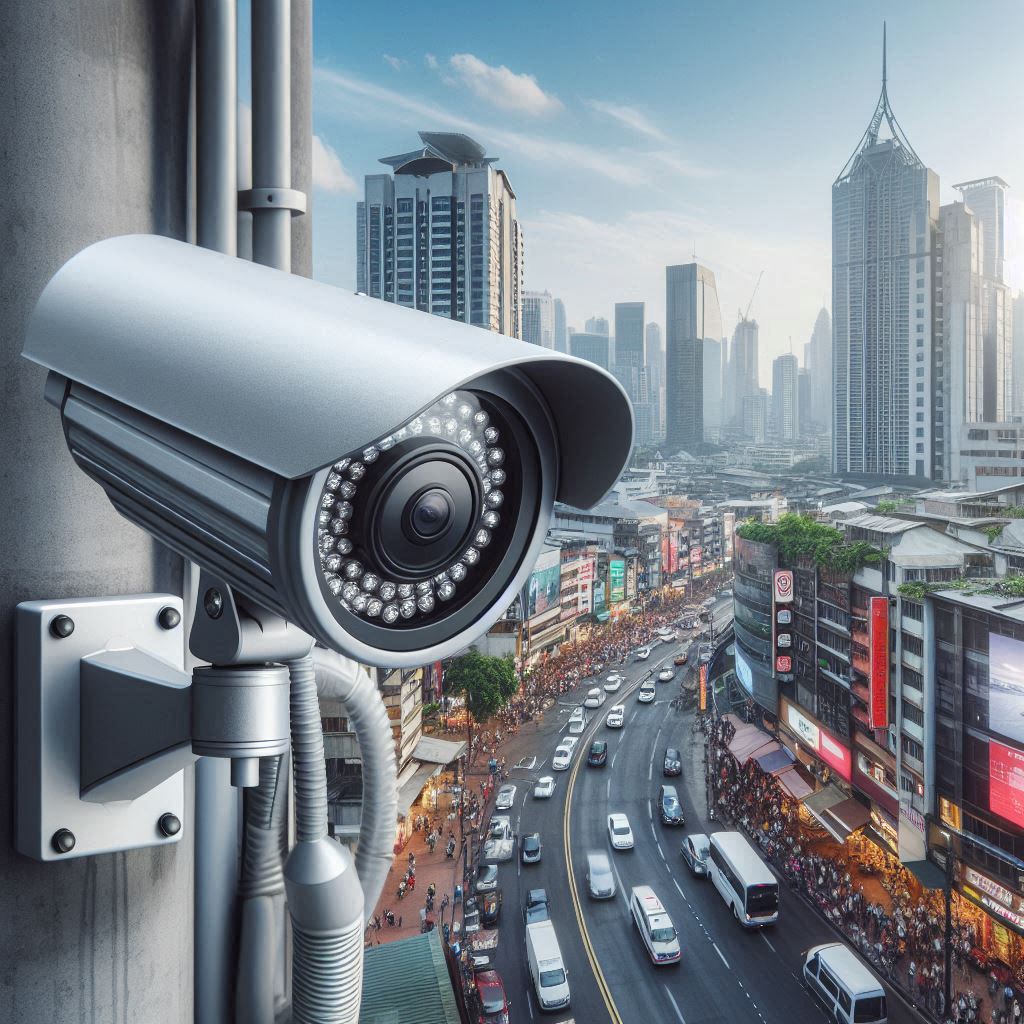
CCTV (Closed-Circuit Television) Systems
CCTV systems are the most common type of video surveillance, involving cameras that transmit signals to specific monitors or recorders within a closed network. CCTV helps in observing and recording activities for security and monitoring.
Key Features:
- Analog or digital video feeds
- Real-time monitoring and recording
- Video archiving for future reference or investigation
- Remote access to live or recorded footage
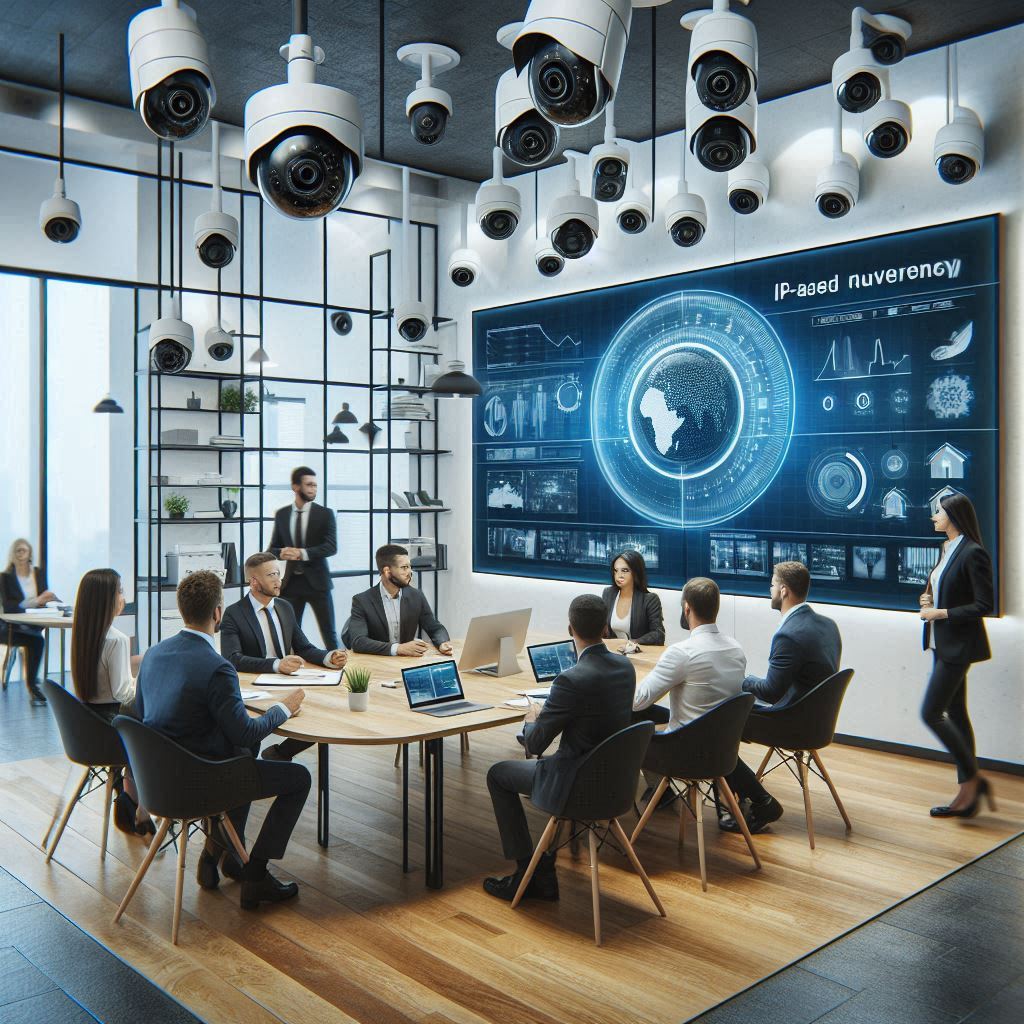
IP-based Surveillance Systems
Internet Protocol (IP) cameras send video feeds over an IP network (either wired or wireless), offering better scalability, higher resolution, and flexibility compared to traditional CCTV.
Key Features:
- High-definition (HD) and ultra-high-definition (UHD) video
- Scalable architecture for adding cameras and devices
- Remote access via computers, smartphones, or tablets
- Integrated with cloud storage for easy access to video archives
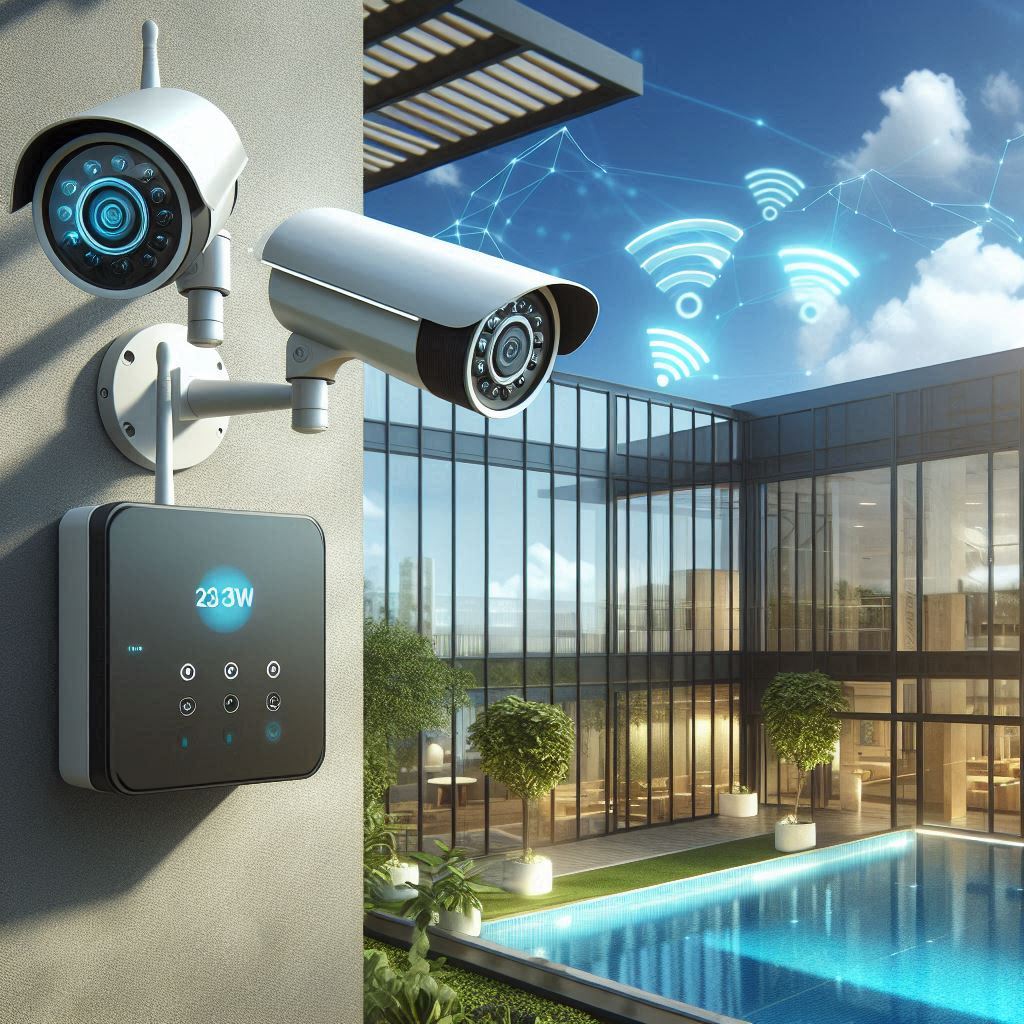
Wireless Surveillance Systems
These systems use Wi-Fi or cellular data to transmit video and audio data, eliminating the need for wired connections. They are flexible and ideal for locations where running cables is impractical.
Key Features:
- Easy installation and portability
- Can be connected to mobile devices for remote viewing
- Uses secure wireless connections for transmitting data
- Battery-powered options for remote or temporary setups
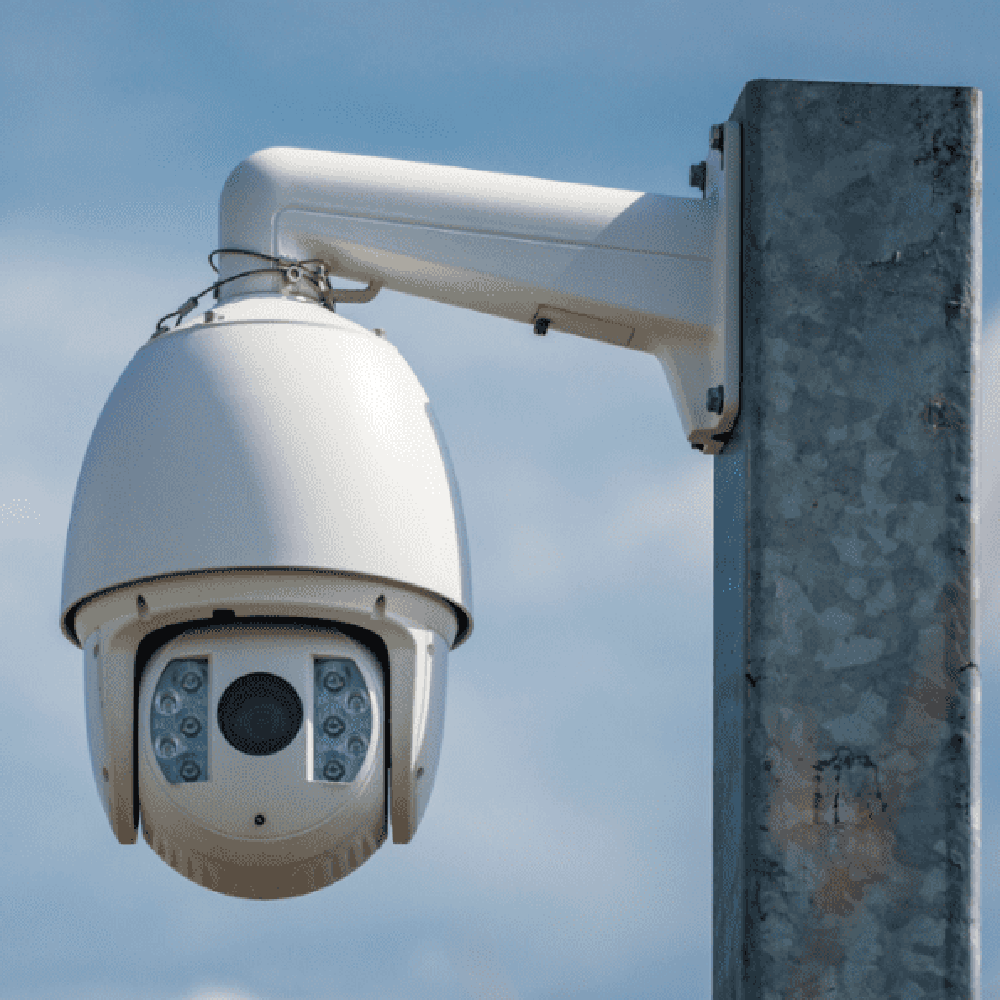
Pan-Tilt-Zoom (PTZ) Cameras
PTZ cameras provide more versatility by allowing remote control of the camera’s movements, including panning, tilting, and zooming in on specific areas. These are ideal for monitoring large areas and tracking suspicious activities.
Key Features:
- Remote control via software or apps
- Auto-tracking of moving objects or people
- High-quality zoom capabilities for detailed viewing
- Ideal for outdoor and large-scale surveillance
Key Components of Surveillance Systems
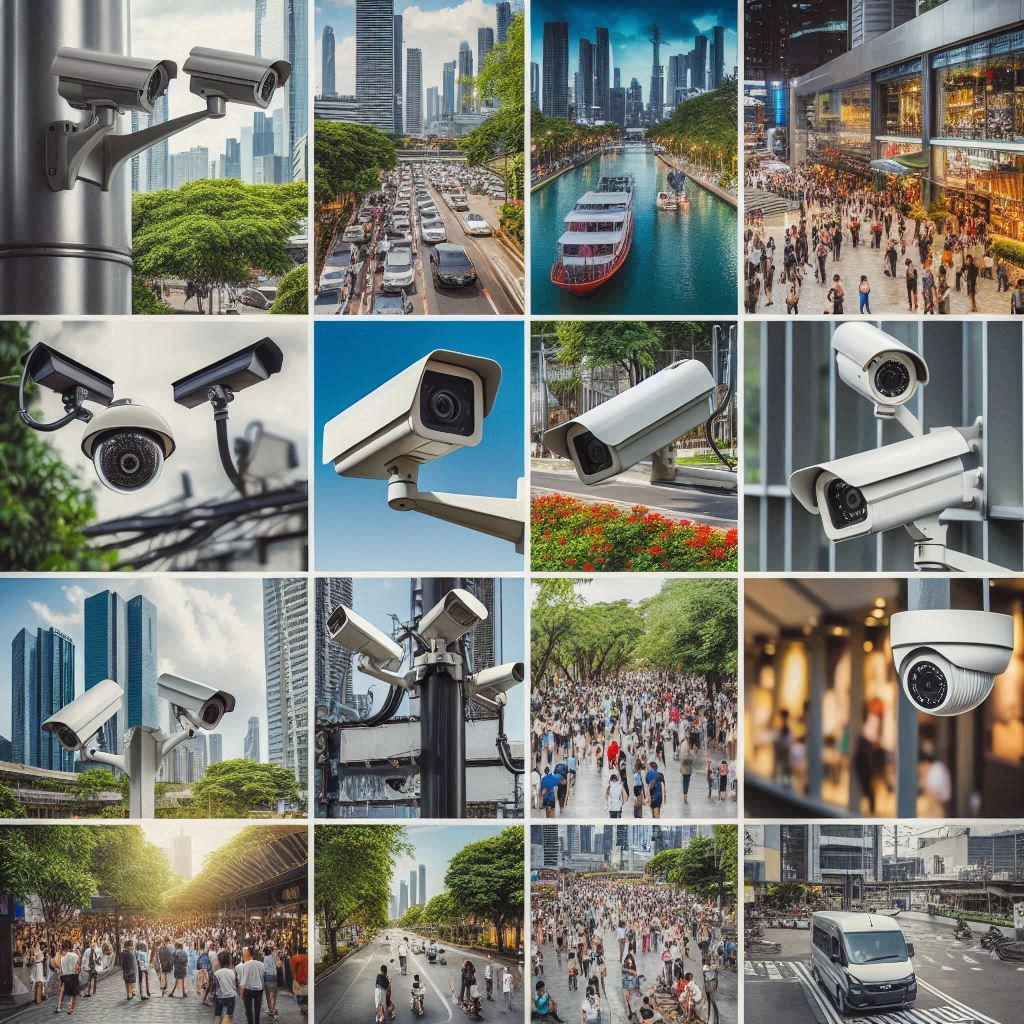
Surveillance Cameras
Cameras are the heart of any surveillance system, capturing live video feeds or recordings. Different types of cameras are used depending on the specific security needs.
Types of Cameras:
- Dome Cameras: Discreet and ideal for indoor use.
- Bullet Cameras: Long-range surveillance cameras for outdoor use.
- Fisheye Cameras: 360-degree viewing, ideal for wide-area surveillance.
- Hidden/Covert Cameras: For discreet monitoring in sensitive areas.

Digital Video Recorders (DVR) / Network Video Recorders (NVR)
DVRs and NVRs are responsible for storing the video data captured by the cameras. DVRs are used for analog systems, while NVRs work with IP-based cameras, offering more storage and advanced features.
Key Features:
- Continuous recording or motion-triggered recording
- Video compression for efficient storage
- Support for remote access to footage
- Cloud integration for secure storage

Monitors and Display Systems
Surveillance systems often include dedicated monitors or display systems where live footage can be viewed by security personnel or management. In large setups, video walls or multiple screen setups are used.
Key Features:
- Real-time display of multiple camera feeds
- High-definition displays for clearer images
- Integration with control software for easy camera management

Video Management Software (VMS)
VMS allows users to manage and control surveillance systems, view live feeds, review recorded video, and integrate with other security solutions. It enables remote management and advanced analytics.
Key Features:
- Centralized control of all cameras and devices
- Motion detection and event management
- Integration with access control, alarms, and other systems
- Cloud-based VMS options for remote access
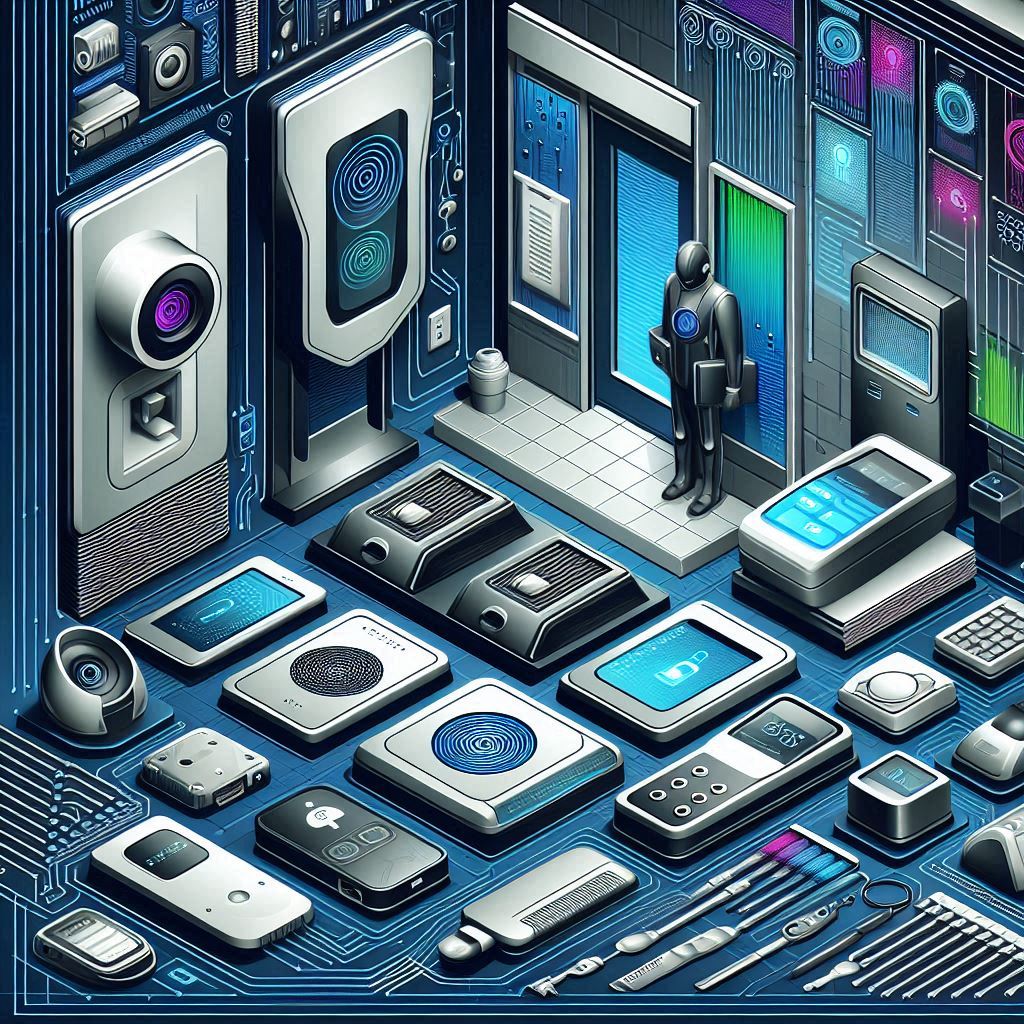
Access Control Systems (Optional Integration)
Integration with access control systems (e.g., keycards, biometric scanners) enables automated security processes, like allowing entry to authorized personnel while monitoring their movements.
Key Features:
- Real-time access logs with video footage
- Secure entry and exit points
- Integration with surveillance for event-triggered actions (e.g., door locks triggered by suspicious activity)
Advanced Surveillance Technologies

Motion Detection and Analytics
Motion detection uses software and algorithms to detect movement within a defined area. Combined with video analytics, it can distinguish between different types of motion (e.g., human, animal, or vehicle).
Key Features:
- Motion-triggered recording to save storage
- Alerts and notifications upon detecting motion
- Advanced analytics such as line crossing, intrusion detection, or people counting
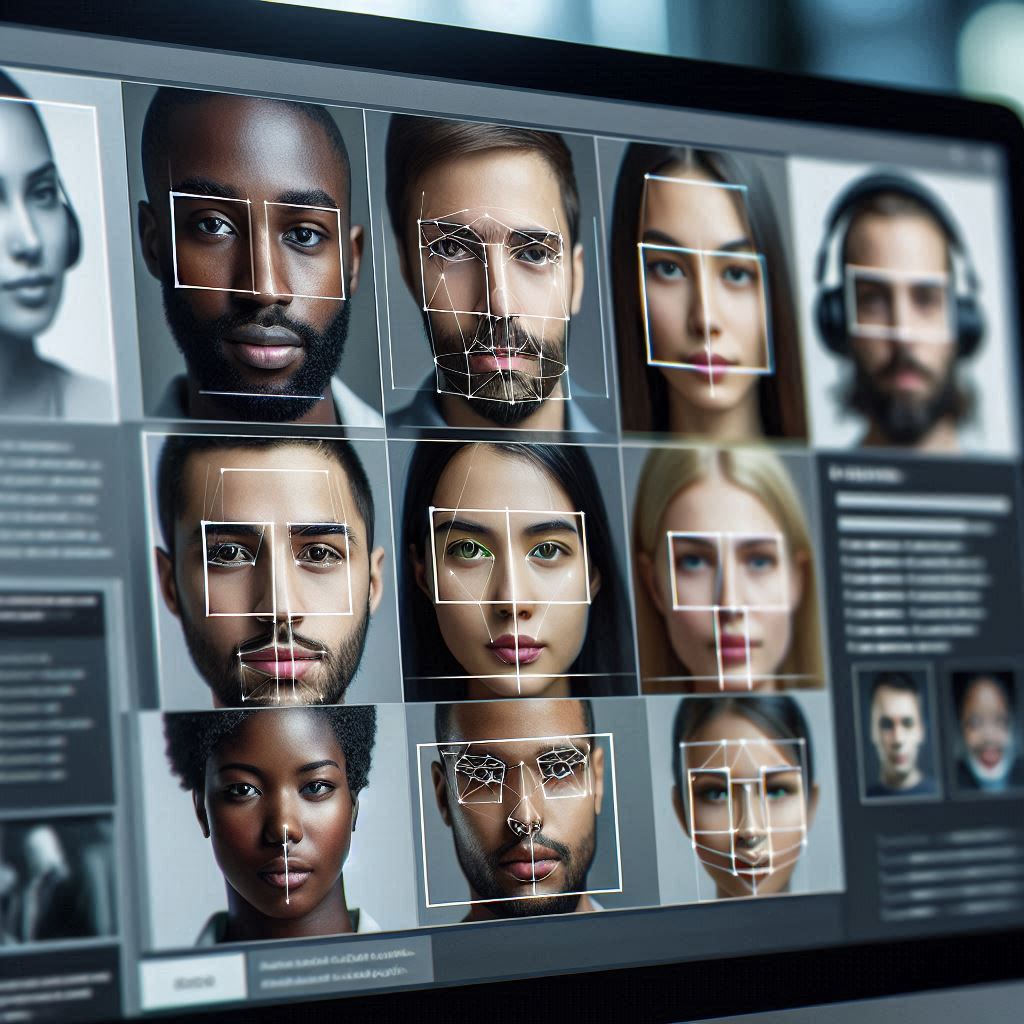
Facial Recognition
Facial recognition software identifies or verifies individuals by comparing facial features from video footage to a database of known faces. This technology is used for access control, tracking, and investigation.
Key Features:
- Real-time identification of individuals
- Integration with databases of authorized personnel
- Alert generation for unknown or unauthorized individuals
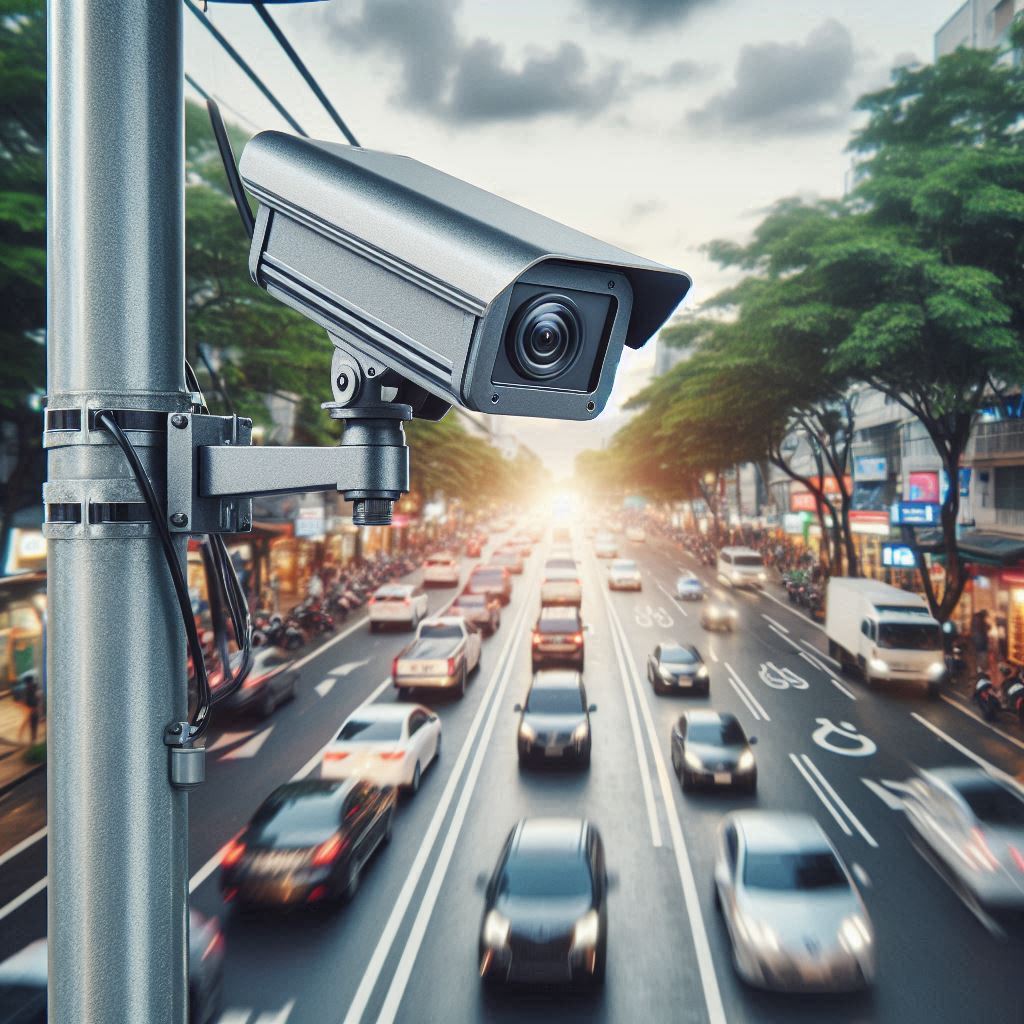
License Plate Recognition (LPR)
LPR technology reads vehicle license plates and matches them to a database. It is commonly used for vehicle access control in parking lots, toll booths, or secure facilities.
Key Features:
- Real-time license plate scanning and recognition
- Integration with access control for automatic gate opening
- Database tracking for vehicle monitoring

Cloud-based Surveillance Solutions
Cloud-based surveillance allows video footage to be stored, managed, and accessed via the cloud, reducing the need for on-site hardware and increasing flexibility for remote monitoring.
Benefits:
- Remote access from anywhere
- Scalable storage based on needs
- Reduced on-site infrastructure and maintenance costs
- Automatic cloud backups for data protection
Integration and Customization
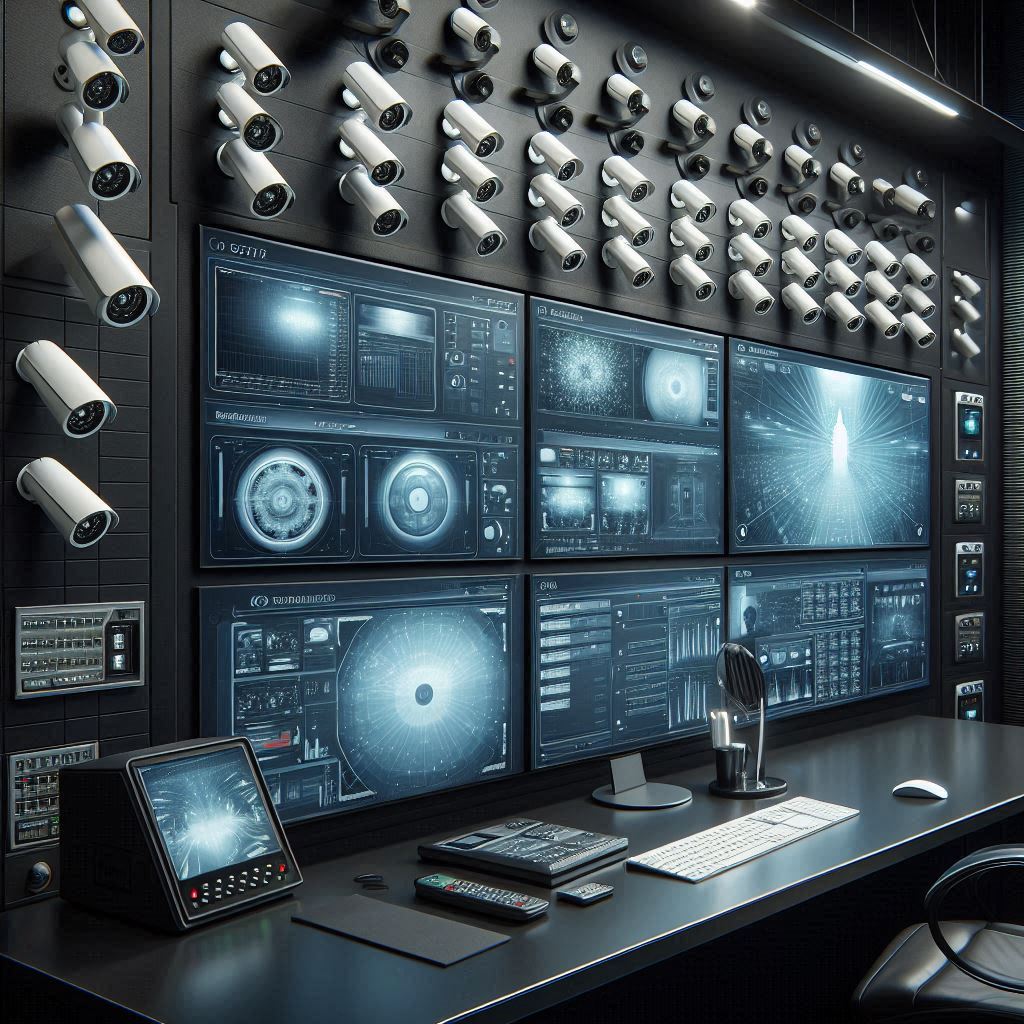
Integration with Alarm Systems
Surveillance systems can be integrated with alarm systems to trigger notifications when specific events occur, such as unauthorized access or suspicious activity.
Key Benefits:
- Immediate alerts when a security breach is detected
- Automated response (e.g., locking doors or triggering sirens)
- Enhanced situational awareness through synchronized data from alarms and cameras
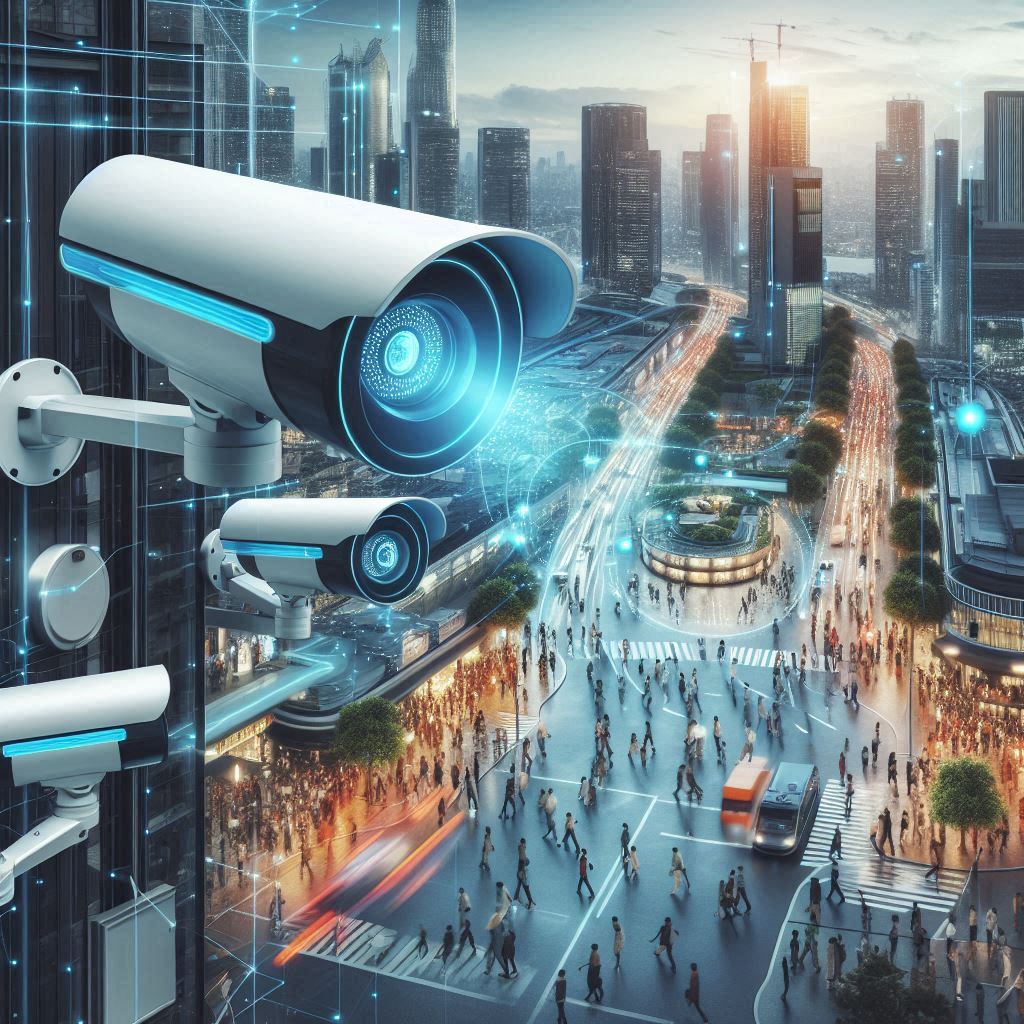
Smart Surveillance with AI
AI-powered surveillance systems use machine learning algorithms to automatically analyse video footage, detect anomalies, and identify patterns without human intervention.
Key Features:
- Real-time video analysis and alert generation
- Behaviour recognition (e.g., detecting loitering or aggression)
- Predictive analytics for identifying potential security risks
- Integration with other smart security systems (e.g., smart locks, lighting)
Benefits of Surveillance Systems
- Enhanced Security: Provides continuous monitoring to detect and respond to potential threats in real-time.
- Deterrence of Crime: Visible surveillance cameras act as a deterrent to potential criminals or unauthorized individuals.
- Remote Monitoring: Security personnel can monitor sites from anywhere, improving operational efficiency.
- Evidence and Investigation: Surveillance footage can be used as evidence for investigations or legal matters.
- 24/7 Coverage: Surveillance systems operate around the clock, ensuring that no events go unnoticed.
- Integration with Other Security Systems: Surveillance systems can be integrated with access control, alarm systems, and other security technologies for a holistic security approach.